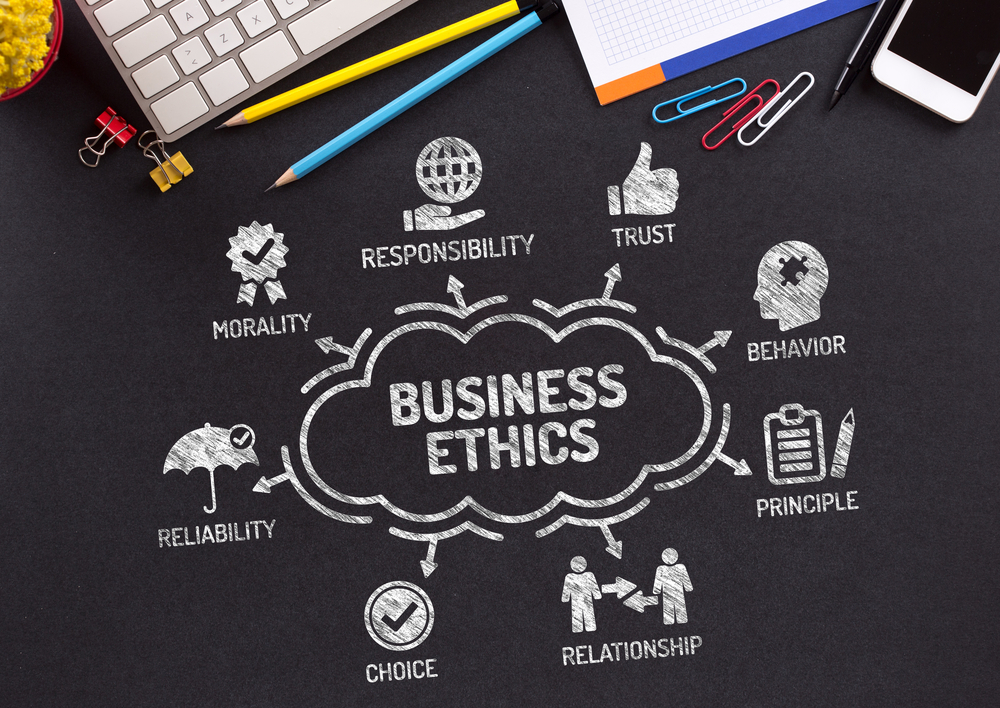It’s likely your organization already has anti-harassment and anti-discrimination policies in place. You probably also have some form of anti-violence or anti-bullying policy too. But how do you handle it when an employee is acting in a way that’s clearly inappropriate but may not fall neatly into one of the written policy frameworks?
- Racist or other derogatory remarks that may or may not be directed at anyone in particular.
- TMI – speaking about things that are not typically considered polite to talk about in professional settings. This may be as simple as oversharing information about one’s personal life unrelated to work.
- Employees acting out – getting inordinately upset, angry, having an outburst, etc.
- Being too negative in ways that impact others.
- Discussing politics, religion, or other topics that can cause tension when people don’t agree.
- Being rude, snide, or hurtful to others.
- Taking credit for others’ work.
- Spreading rumors or gossip.
It’s easy to see how these types of behaviors can be damaging and need to be stopped, but some organizations have difficulty knowing what to do next when a specific rule hasn’t been broken. Many of us could use a few tips on next steps to take to get the behavior stopped before it causes more of a problem.
Tips for Handling Inappropriate Employee Behaviors
Here’s where to start:
- Take immediate action to diffuse the situation. If there are any immediate safety or employee well-being considerations, take those into account first.
- If warranted, suspend employees or otherwise send them home or away from one another while further investigation happens, but before making final judgements or taking any action with individuals.
- If any policy does apply, such as anti-bullying, anti-harassment, etc., then utilize it.
- Get “the rest of the story.” Whenever something happens between employees, there’s usually two or more sides to the situation. No matter what happened, get all perspectives before making a final decision on all steps to take. If there were witnesses, be sure to talk to them individually.
- Consider context. While it’s important to treat all employees fairly, it’s also important to take context into account when assessing a situation. When possible, see if there are factors that created or exacerbated the situation, such as a high-stress deadline or problems at home that have carried over into the workplace.
- Determine what actions are appropriate. This may be as simple as addressing the employee whose conduct was inappropriate and explaining why it was inappropriate. Or it may include disciplinary actions. The key is to act in ways that are consistent with how other employees in similar situations have been treated in order to not create the opportunity for a discrimination or favoritism claim.
- Ensure the person handling the next steps with the employees is adequately prepared to do so. This person should be able to be professional and remain neutral and calm during difficult conversations. Not every manager has these skills innately. This individual should also be fully prepared with all of the facts and should be coached on how to handle the situation in advance and given time to prepare and practice.
- Consider amending workplace conduct policies to include generalized information about the type of conduct you’re looking to avoid. Whether it’s oversharing, discussing controversial topics, rude behavior, or some other form of inappropriate workplace behavior, it’s possible it can be outlined further in the organization’s workplace conduct guidelines going forward.
- Communicate with everyone involved, explaining what’s being done about the situation. Be sensitive to employee privacy, however, and don’t bring others into the conversation that don’t have a need to know. Be selective about how information is communicated and with whom it is shared.
- Make notes in employee files for future reference, even if no disciplinary action is taken. Patterns of behavior can emerge that seem minor at first. Documentation will help if something escalates to actionable behavior later.
- When having a conversation directly with the person or people involved whose behavior needs modification, be clear, factual, and give examples of the types of behavior that are unacceptable and why. Be clear about next steps and timelines as needed. Be clear on repercussions that will occur if the behavior happens again.
What has your organization done when faced with these difficult situations? What would you add to this list?
The post Handling Inappropriate Comments Not Covered by Other Policies appeared first on HR Daily Advisor.
